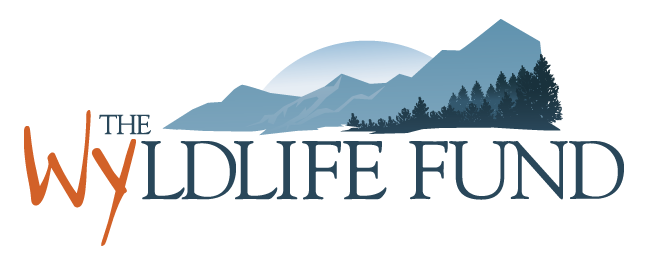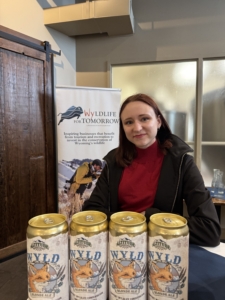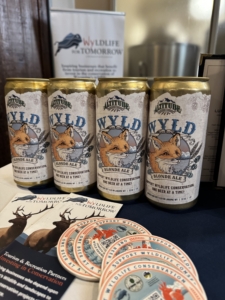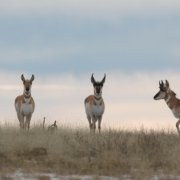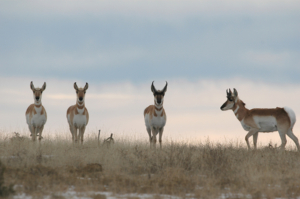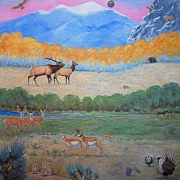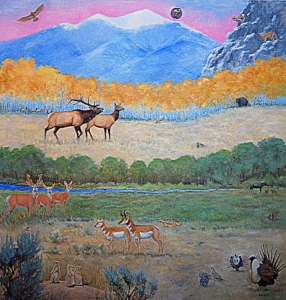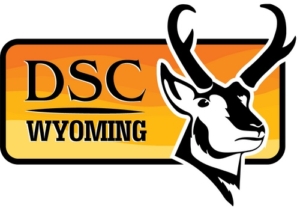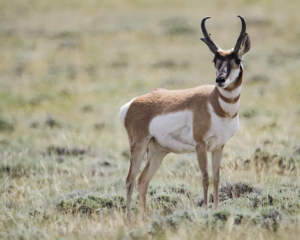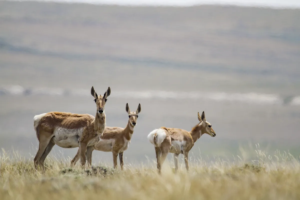Conservation Never Tasted So Sweet
For nearly a century, the Jackson Drug building has anchored the northwest corner of Town Square in Jackson, Wyoming — a living relic of small-town charm. Ownership shifted hands a few times over the years and, sadly, its cherished role as a bustling soda fountain came to a pause in 2001 much to the dismay of tourists and locals alike.
But in 2010, the story began its full circle journey when the building returned to its original proprietors — the Gill family. Sisters Jessica and Nikki Gill, born and raised in Jackson, were eager to breathe new life into the iconic establishment. With a deep-rooted love for their hometown and a shared commitment to preserving its character, the sisters set out to restore Jackson Drug to its former glory.
Today, Jackson Drug is enjoying a vibrant revival. Jessica and Nikki have struck a balance between a nostalgic escape to simpler times and a refreshed menu that satisfies modern tastebuds. It’s more than a restaurant—it’s a step back in time and a celebration of what makes Jackson special.
For the Gill sisters, conservation isn’t just a buzzword—it’s a way of life. They know that protecting Wyoming’s wildlife, wide-open spaces, and natural heritage is essential. That’s why they’ve found a delicious way to leverage their newfound Town Square success to support what they care about most.
Enter Moose Tracks ice cream: a blend of Oreos, chocolate caramel bites, and a rich caramel swirl folded into a creamy vanilla base. A portion of proceeds from every scoop sold is donated to WYldlife for Tomorrow which in turn helps fund priority conservation projects across the state as identified by the Wyoming Game and Fish Department. This is dessert with a purpose!

Like all of WYldlife for Tomorrow’s collaborations, this partnership with Jackson Drug is rooted in a shared passion for conserving wild Wyoming. It’s about meeting businesses where their strengths lie — in this case, in a scoop of handcrafted ice cream, and using those strengths to give back to the wild places and wild things we all cherish.
So here’s to Jessica and Nikki, for reviving a community treasure and more recently turning it into a beacon for conservation through collaboration with WYldlife for Tomorrow. Thank you for proving that conservation is fun, rewarding, and delicious.
Make ours a double scoop.

